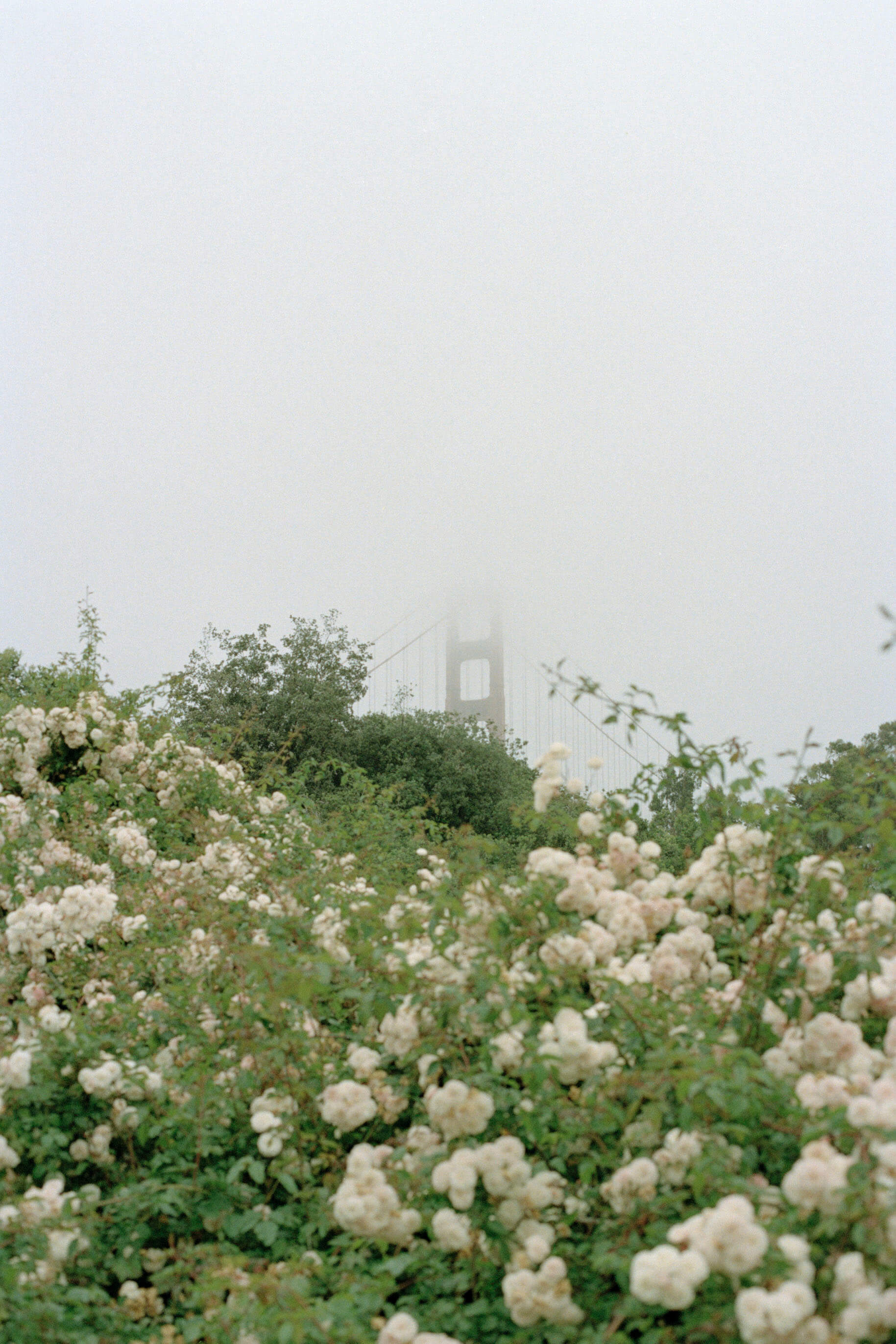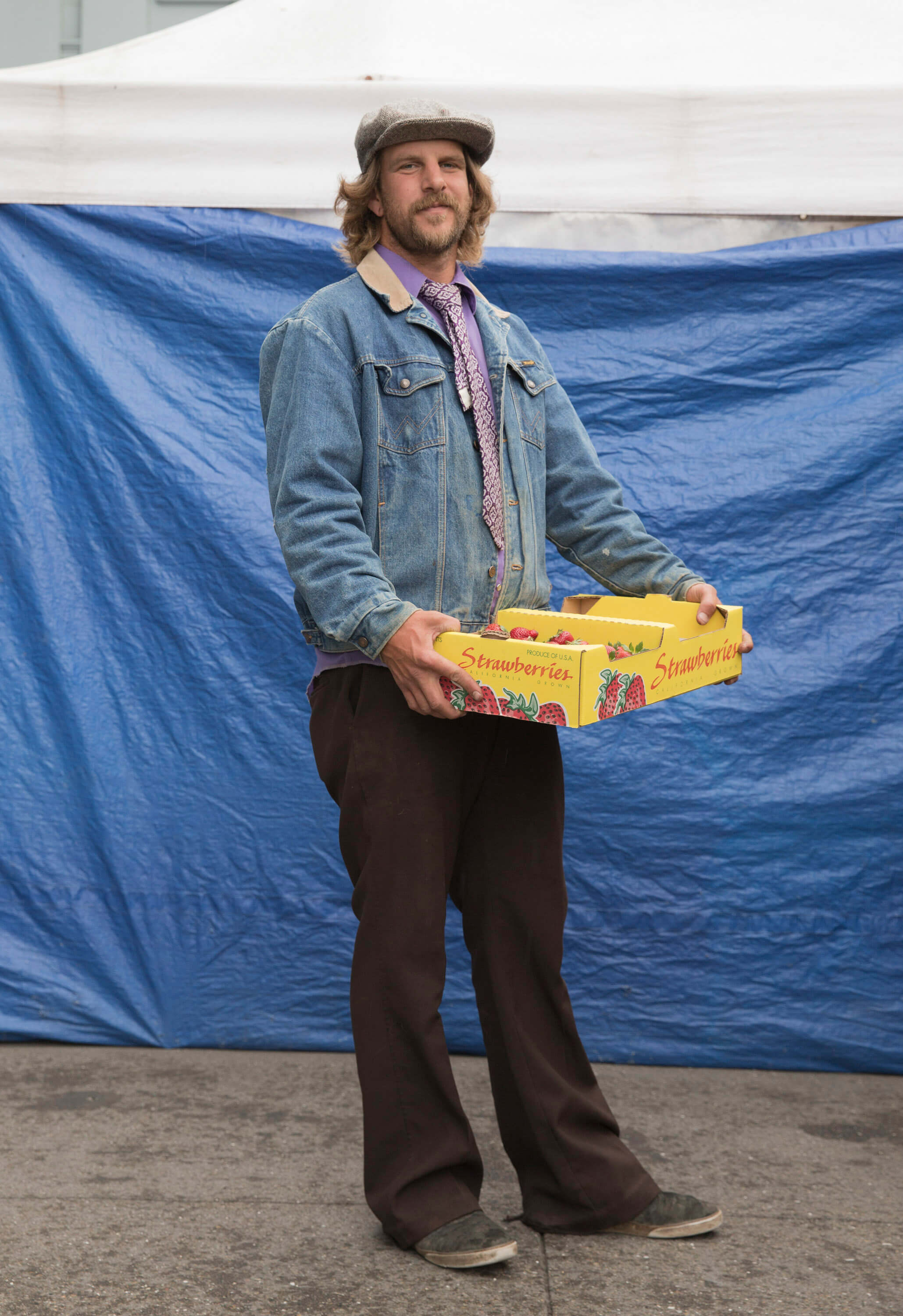
Had I Moved Onto Another Scene?
The story of Michelin began in 1889, thanks to two French brothers, André and Édouard, a Scottish wife, rubber and the dream of modern transport. Thirty-five thousand copies of the first Red Guide (which was blue until 1931) were printed, with the following prophecy: “This guide was born with the century and will be just as long-lived”. The free guide was for the odd thousand French automobiles on the road and was a practical survey of petrol pumps, garages, mechanics, hotels and restaurants. In 1926 Étienne Michelin, Édouard’s son, created the stars for good country eateries. A restaurant boasting three stars “is worth a special journey”, two stars “worth a detour”, and one star “a very good restaurant”. How a manual passing judgement on the cuisine tasted during a car journey can become popular is a story that has been repeated over the centuries, and it’s the type of thing that California bids to be done again.

Jonathan Gold was born in Los Angeles in 1960 and was studying art and music at UCLA when he decided to go after a strange and very precise ambition (which he described as a rather reasonable alternative to graduating): his aim was to eat, at least once a week, in every restaurant in Pico Boulevard. Pico is a fifteen-mile-long strip of tarmac, stretching from Ocean Avenue in Santa Monica to Central Avenue in Downtown L.A. Gold started with a fried manioc in a Latino pupuseria and gradually went westwards to round off with fries and chili from the Mexican joint near the beach. In a few years he became a top journalist for the Los Angeles Times and in 2007 he would be the first Pulitzer Prize winner for food criticism articles. Pico slices through different neighbourhoods and seemed to him one of the most dynamic streets in the world for “pan-ethnic” food. This is how Gold rounded off one of his articles in September 1998: “Was Pico really all that it had seemed to be? Or had I moved onto another scene?”.
Still today, it’s worth taking a detour straight away wherever Gold goes, to learn the menus of third-generation 30-year-olds who probably have an equally as precise ambition: to make the traditional “rustic cuisine” of their exotic families into culinary landmarks that are worth the special journey in this metropolis where the car reigns supreme.
Los Angeles covers an immense area, and at times you can forget all about its ocean, unless you decide to set up home by the sea, because Venice is still a place that can be loved. The same way you can still love the rugged Topanga canyon, where we dream of living now and then. Or Sunset Boulevard as it flows down through the hills of Los Feliz and Silver Lake like a sweet, multi-lane waterslide. But what we couldn’t get enough of were the days in Downtown L.A. We never got bored of going back to S Santa Fe Avenue, in the morning when Bread Lounge brings out its freshly baked Balkan Boreks, sprinkled with sesame seeds and cooked until they’re golden-brown, or at night when the diggers carried on their demolition of the pillars of unknown highways that probably led over the river. The other Los Angeles scene we wanted to haunt for a million different reasons was the lozenge-shaped area going from Downtown to Los Angeles River called the Arts District.
“Oh, phenomenal!” Carl used this word at least twice in every conversation and it was bang on for Los Angeles. Having a place in front of Hauser Wirth & Schimmel. Phenomenal! It seemed impossible that we’d bumped into each other again by chance, a few hours after we’d met, different clothes, face to face at the bar in Simbal in that hidden suite in Little Tokyo – separated by the open kitchen of one of the city’s most promising chefs. “Are you fucking following me, guys?!?”. “I sure as hell won’t tell ya where I’m gonna go for dinner tomorrow evening, but I’ll see ya tomorrow morning for breakfast at Bread Lounge. Bread Lounge, alright?”. We loved the same things about Los Angeles as Carl, as well as every single dish in that newly opened Vietnamese izakaya.

Los Angeles was looking after us like a big brother who can get you into all the best places, and as we’d quickly made it out of San Francisco’s grasp, we’d see them that bit sooner. For us San Francisco’s power of attraction lay in the secret town of Bolinas, the wild Bohemian Highway, the cheering strips of wild flowers in the Bay Area, the craziness of the country and ocean lifestyle. North California seemed to hold in its grip a smidgen of every amazing piece of nature we had seen in the world – South Africa’s Western Cape, Alaska’s Kenai Peninsula, Corsica. Then our bodies had cried out for the warmth of the southern sun, so we drove two hundred miles for our destination to materialize among the cacti, Latino accents, pink limestone walls, chard, pumpkin and onion enchiladas, real bacon, crimson sunsets and barn dances.

Sleepy Towns
From dawn to dusk, the white gate of Oso Flaco Lake is always open. Oso Flaco means “skinny bear” and there’s a legend behind this name, a story that takes you to the Chumash, the native Americans that sailed the oceans on small, narrow boats. We think we came across them on that wooden walkway – a nod of the head and a whisper in their Uto-Aztecan language, moving barefoot and nimble between the arroyo willows, myricas and sand, on their way back from fishing. The Oso Flaco path is a mile-long walk, alone with yourself. With the rustling lakeland trees, the splashing water birds, the sound of the waves and the sweet breeze in your ears, it’s akin to your cool-down session after a workout. Along with the Guadalupe-Nipomo Dunes, it’s a hidden reserve between two hidden towns, Guadalupe and Los Alamos. A tall, fat, white candle with the gaudy print of Our Lady of Guadalupe, their Virgin Mary, took pride of place on the table of our corner suite. In the breakfast area overlooking the courtyard was an old map of Santa Barbara County, showing the boundaries of the grazing lands and names of all the “ranchos” of the first Spaniards and Mexicans arriving with the late eighteenth-century missions.
Every time you type in Los Alamos, Google Maps will take you to New Mexico, not far from Albuquerque and its rare books, a thousand miles from this Los Alamos, which is in California. Los Alamos, California, is something of an inland, south-western United States, deserted crossroads kind of a place. An Old Town among the vineyards of Santa Inez Valley that’s fallen under the cloak of a magic spell. From 1861 to 1901 the stagecoaches used to stop off at Union Hotel, which opened in 1880 to put up passers-by for the night. Tonight the rooms on the top floor are locked, the windows of the saloon boarded up, the lamps above the pool table turned on. The new management didn’t seem to have a clear idea about what Union Hotel had been, or what to make of it, and it wouldn’t be to our taste, starting with the new postcard featuring a Ferrari-red Ferrari parked in front of the wooden porch.
And yet all the other newcomers to the village have understood precisely what Los Alamos is all about and they’ve taken on board the best of the US adventure, the ranches, bulls and horses, olive fields, broccoli and lettuce, strawberries, grapes, in all-year-round warm Mediterranean climes.
When we arrived in Ojai the oranges were ripe, and the greenhouses bulging with cacti. There’s been a big, independent open-air bookshop at the crossroads between Matilija Street and Canada Street since 1964. You could almost call it a library: a light awning serves as the roof, the walls are bookcases, the reading room is a patio in the shade of an umbrella tree, and cups of coffee are also poured at the cash desk. A place where you can leave your books in the garden is the type of place we could live, we thought.
Seven colours between sky and land. In the Bible the rainbow is the sign of the agreement between God and humankind after the flood. It’s as if they’d put an arch over the clouds, from North to South California. You’ll see it shine most of all in Ojai and it’ll remind you of the sky’s alliance with all the living beings on earth with us: the birds, livestock and wild animals, as well as all the animals that stepped off the ark.



























